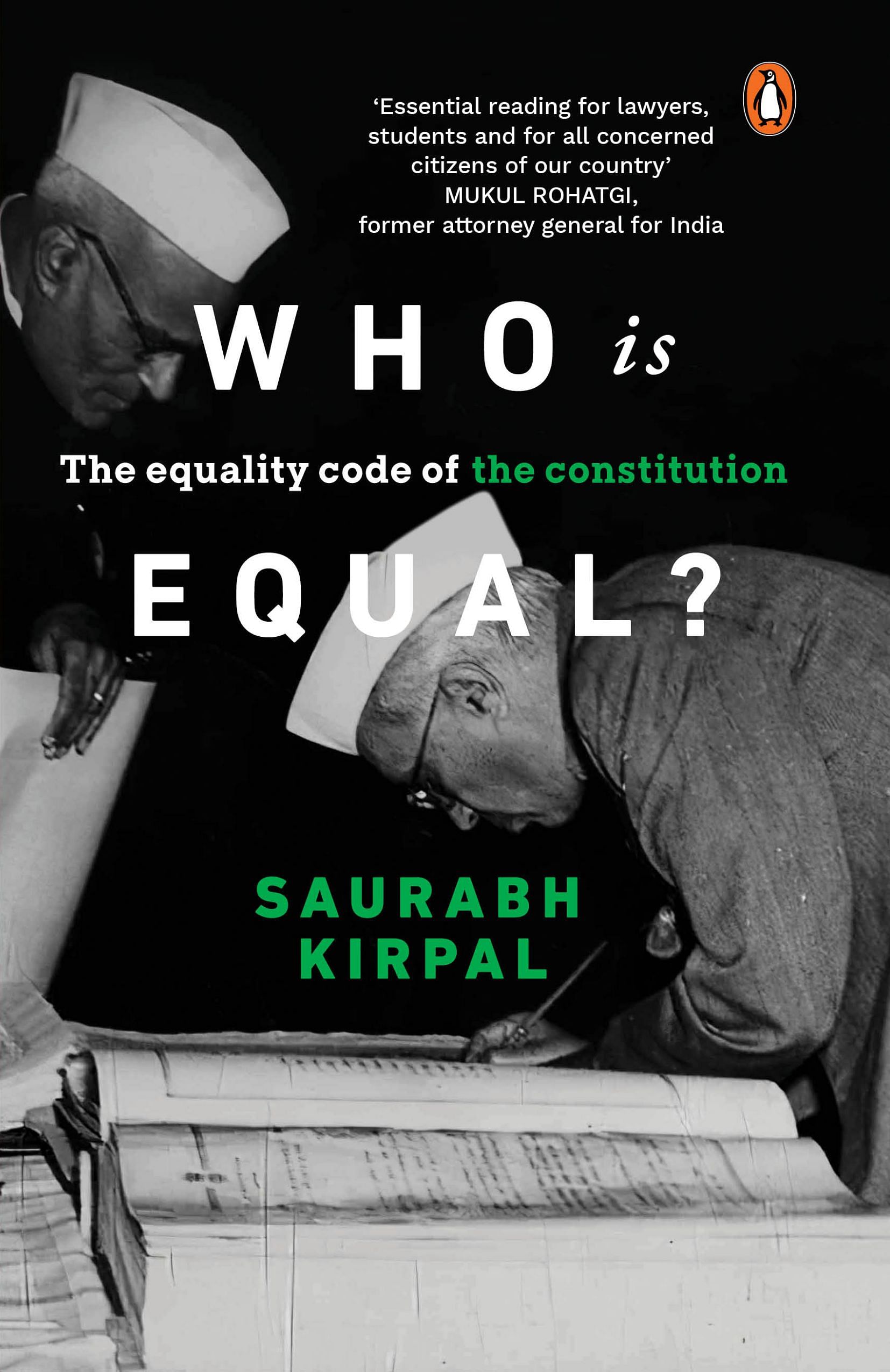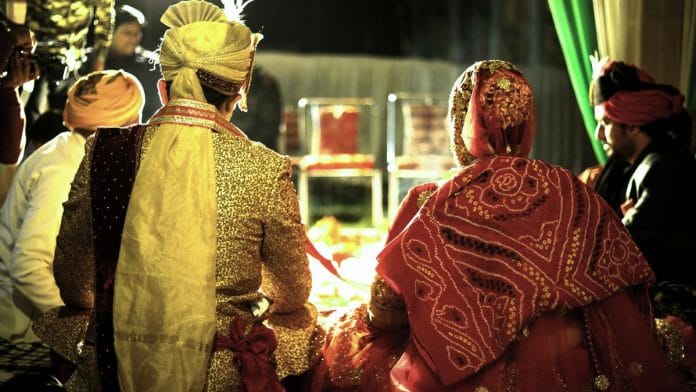Images of candlelit vigils over a decade ago that followed the infamous 2012 Delhi gang rape (also known as the Nirbhaya case) still occupy public memory. The brutality of the crime coupled with the perceived middle-class origins of the victim led to a sense of outrage in the media and civil society. Massive protests were held in Delhi and across the country. Yet, at the same time as the protests were happening, almost certainly some woman somewhere in India was being raped by her husband without the slightest public anger. Because the law does not recognize the crime of a husband raping his wife, the so-called ‘marital rape exception’, such a woman has no legal recourse under criminal law. Even though the rape laws were overhauled after the horrific case, the marital rape exception remained stubbornly on the statute books.
The exception then came to be challenged before the courts. In May 2022, the Delhi High Court passed a split verdict with one judge holding the exception to be constitutional and the other judge holding it to be valid. The learned judge who upheld the provision ruled that the exception was ‘eminently in public interest’ and that there was a special ‘entitlement, of the marital sphere, to its own privacy’. The judge was of the view that neither the court nor the executive ought to interfere with the privacy of the marital bedroom, even if that meant that a wife who had suffered sexual assault could not seek legal redress.
This reluctance to interfere with the perceived ‘private ’ or family sphere leads one to ask whether the Constitution of India stops at the doorstep of the marital home? Or do the Constitutional mandates of equality manage to cross that Lakshman Rekha (a boundary line set by Lakshman from the Ramayana) and provide succor to all those who need it? Earlier chapters have discussed the law in relation to interactions between the State and its citizens or groups. But what happens to breaches of equality in interactions between individuals in the privacy of their homes? If the State seeks to regulate such relationships to mitigate legal and substantive inequalities, there might be a fear of overreach. After all, if the right to privacy means anything, it certainly includes the demand to keep the government out of the bedroom. On the other hand, if the State does not intervene in cases of marital inequality, it might end up perpetuating injustice. To compound matters, it may be the actions of the State which create the inequalities in the first place. In such a case, do the courts have a responsibility to step in and either direct the State to rectify its (in)action or offer remedial measures themselves?
One might think that in areas of formal inequality, a situation where the laws on the face of it discriminate between men and women, change would be easy. All the legislature would have to do is to step in and amend the law to make it gender neutral. This would entail no greater State interference in the marital bond than in any other area of family life. Even the court could rely on the provisions of the Constitution and strike down any patently discriminatory provisions. However, this is easier said than done for many reasons. The laws of marriage are deeply interconnected with religion making it politically difficult to achieve reform. The courts also feel constrained when considering matters of ‘personal laws’ for fear of disturbing the Constitutional balance in matters of freedom of religion. The situation gets hazier when the substantive inequalities within a marriage are analysed. The power dynamic in atypical Indian marriage clearly favours the man. Societal and cultural conditioning, economic disempowerment and religious practices and taboos act disproportionately against women. In such a situation even if the laws are facially neutral, their application in the context of extreme inequality would itself perpetuate discrimination. How should the law, or judges, deal with this imbalance?
Marriage is an ancient institution, albeit in a form that would be quite unrecognizable to most of us in the modern world. Its origins lie in the economic arrangements of groups, themselves organized around the links of religion or kinship. It is, therefore, not a coincidence that the law in relation to marriage also lies at the cusp of history, religion, culture, economics and politics. The law has to navigate all these areas with their often competing demands. Unlike other areas of the law where the courts have been increasingly progressive, marriage is an area where the courts have shown an excessive degree of deference to both tradition as well as Parliament. Whether this is a result of most judges being men and therefore steeped in a patriarchal tradition or whether a result of a genuine conflict of Constitutional values is a matter for debate. However, with the courts failing to perform their role as agents of social change, there is no doubt that the law of marriage in India remains deeply flawed and skewed against the most vulnerable of its citizens. This chapter will examine the law relating to marriage and in the process ask a more fundamental question; given its innate patriarchal nature, is the institution of marriage with all its flaws worth retaining? Perhaps nowhere is this question most brought into relief when discussing the rights of that group of people who do not have that right—non-heterosexual people. There the role of marriage, not just as a repository of a bouquet of rights but also as a public act of signalling by the State becomes significant. As noticed often in the book, it is when inequality is apparent that the role of the Constitution as an ameliorative text comes into sharper notice. Unfortunately in the case of queer marriages, it seems that the community would have to wait a bit longer to have its own tryst with destiny.
 This excerpt from Who is Equal?: The Equality Code of the Constitution by Saurabh Kirpal has been published with permission from Penguin Random House India.
This excerpt from Who is Equal?: The Equality Code of the Constitution by Saurabh Kirpal has been published with permission from Penguin Random House India.






